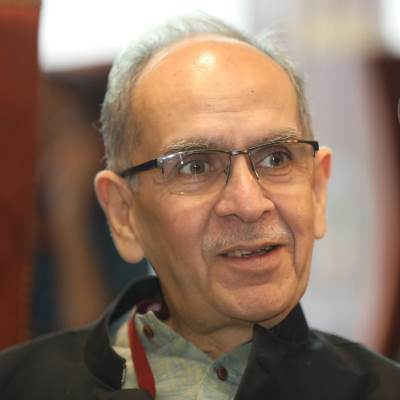
(I lived in Kenya from 1999-2013. I am an Indian film-maker, this is a record of a few observations from that period).
In Kenya, I am perhaps best known for two of my works, one non-fiction and the other fiction relating to the Mau Mau. There are a few other activities that I am remembered for – running the Pamoja Film Club with my friend Wanuri Kahiu and the Alliance Francaise, where we screened and discussed films every month. And a long documentary The Karims: A Sporting Dynasty, on the family of Aasif Karim, cricketer.
Let’s talk about the documentary on the Mau Mau. I was asked to do a documentary on why the Mau Mau wanted compensation from the British Government by the Kenya Human Rights Commission. Of course, there was no budget, so a problem. I worked on a structure where British newsreels were juxtaposed with the Mau Mau veterans talking. The Mau Mau veterans loved the documentary; mainstream media ignored the film; I am told it was successfully shown in the UK, etc. But I wondered then why there weren’t more films on the Mau Mau. Everyone knew about them, but there was a sort of collective amnesia about the Mau Mau in the media and mainstream discussion.
The questions came up even more when you looked at people who would have been helping the Mau Mau, like the South Asian community of East Africa. I put across some of these questions into a fiction story, which became MUIGWITHANIA, a feature film in English. The title came from a unique word of the Gikuyu language, and Mzee Kenyatta’s famous magazine. You can read about the film on Google, but just know that the film raises more questions than answers. As a story, it is balanced between the Mau Mau and the local population, the Asian and the African communities (with a bit of the ‘White’ population too). Perhaps most interesting were the reactions of the Kenyan communities to the film: The Asian community thought it was not about them but the Kikuyus; the Kikuyus thought it was about Asians; other Kenyan communities thought it was a film about a Central Province problem. End result – fewer Kenyans saw the film than perhaps should have been the case, and who perhaps would have benefitted most from the story of the film. Now, years later, people still see the film on VCD/DVD and admit to having been too hasty in their judgement of it. Too little too late, my producer lost his money on the film as films make money when audiences buy tickets or pay for streaming services.
MUIGWITHANIA was only the eighth feature film made in Kenya when we began, but that year saw four more feature films made in Kenya. When it came to Kenyan Film Awards that year, MUIGWITHANIA had a record nine nominations, but received no awards. A bit disappointing then, but now when all others are forgotten, MUIGWITHANIA is proudly remembered by all who saw it. Ample reward for a film-maker I guess. As MUIGWITHANIA was entirely a Kenyan financed film, it attracted little interest from international film festivals, which are primarily market driven events with little scope for ‘independent’ films. Lesson learnt: tie in your markets before you start on the film.
Traditionally, what is called Kenyan Cinema has had overseas money involved and the projects are shown more outside Kenya than within. Partly this was because film production facilities were not available in Kenya, and it was expensive to get film equipment to Kenya. Today those barriers have lessened, but surely you can’t mount a professional grade production using only Kenya based equipment. In any case, is it necessary to worry about where the equipment comes from in a film? Surely not. So younger filmmakers today in Kenya are in a better space than they ever were.
As a part of the Asian community of Kenya, one sometimes heard stories of discrimination and unfair treatment by African brothers. But never once did I hear a story of one Kenyan community discriminating against another one, though surely plenty of it exists, has existed in the past and if nothing is done about it such things will continue to exist. Why does it matter? Because without a public airing of discriminations, there will be no peace between communities in Kenya, and eventually no building of a nation called Kenya. Why is this important for filmmakers and Kenyan artists? Because right now they are unable to express fully their experiences of living in Kenya. Even the names of characters have to be strictly Christian ones, to avoid controversy. (My observations are dated, I hope younger filmmakers have proven me wrong in their recent works.)
That’s the idealistic artist in me thinking aloud, but surely sensible heads in Kenya (there are plenty of them) are thinking along similar lines.
In the meantime, I hope a space exists somewhere in Kenya where young filmmakers can discuss films and their own work safely, without fear of criticism. In India, we provide such space for artists to grow in our film schools, which has led to an explosion of new filmmakers.
I am of course thrilled with initiatives like the Sports Film Festival, that has earned a reputation very quickly. It gives young filmmakers more to aspire for given Kenya’s rich heritage in sports, especially athletics.
At the end of the day, technology changes everything. Digital tools mean that just the KiSwahili speaking population of Kenya can support a cinema, as can all other communities in Kenya (on YouTube for example). Such models will increase in the future and like elsewhere in the world, young Kenyan filmmakers will get their place in the sun.




